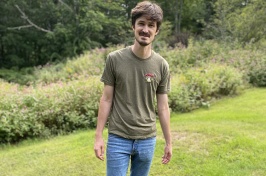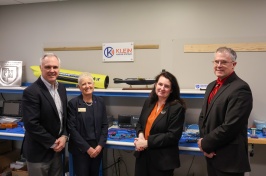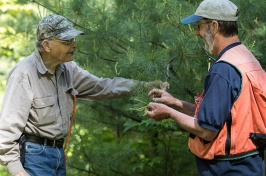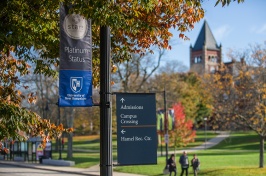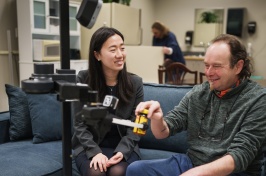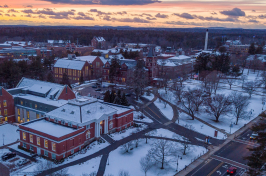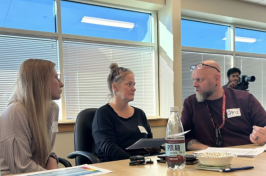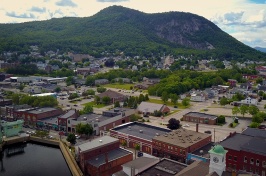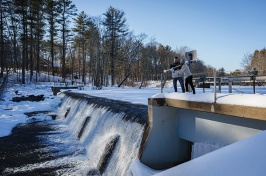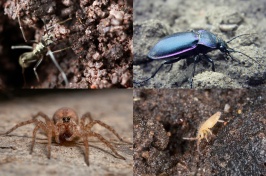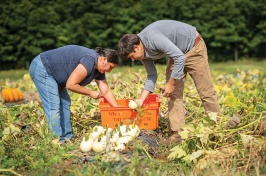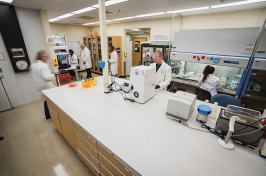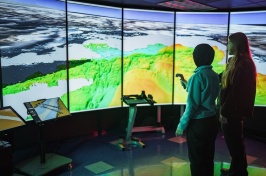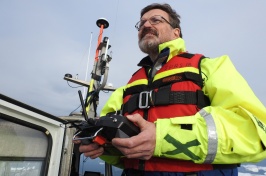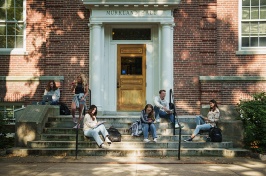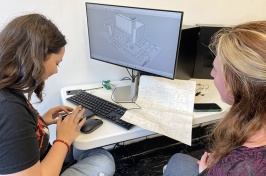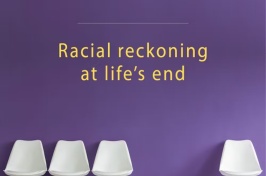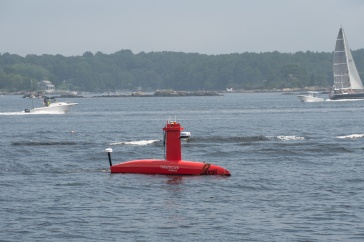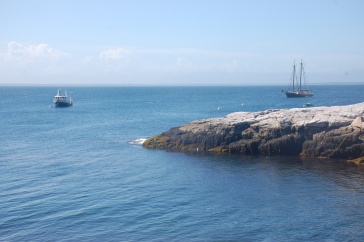
Photo by The Ocean Cleanup
Bacteria are gobbling up the carbon leaching out of plastic in our oceans. This might sound beneficial, but plastic isn’t nutritious food; it doesn’t contain everything those bacteria need to grow. Intent on survival at all costs, these bacteria become thieves, stealing other nutrients like nitrogen and phosphorus from their watery environment to supplement their diet. Scientists are now asking: How does this nutrient theft affect the ocean’s microbial food web, and does it affect the ocean’s carbon storage?
The National Science Foundation has selected a team of researchers led by Northeastern University in collaboration with the University of New Hampshire and the Sea Education Association, Inc., to study the potential shifts in marine microbial food webs caused by ocean microplastics that are degrading in the sunlight and leaching carbon — or rather, a specific form called dissolved organic carbon. UNH will receive $665,899 for its role in this three-year project.

Kai Ziervogel, UNH research associate professor of microbial oceanography and director of the Ocean Process Analysis Laboratory (OPAL), is the institutional lead for the project. He notes, “If plastics in the ocean are causing changes in the natural pathways of food and nutrients through the microbial food webs, then the ocean’s photosynthetic microbes might not be able to store as much atmospheric carbon dioxide. So, more plastic in the ocean could mean more carbon dioxide in the atmosphere.”
UNH colleagues Robert Letscher, associate professor in Earth sciences and OPAL, and Janggeun Choi, research scientist of ocean engineering, will lead the biogeochemistry modelling efforts for this project, and the funding will also support one graduate student and several undergrads. The UNH team will be involved in all aspects of the project, including field work in the Gulf of Maine and sites near the garbage patches in the North Pacific and Atlantic Oceans.
The world’s oceans can hold a lot of carbon and slow down its accumulation in our atmosphere. Marine microalgae play a big role in this by using carbon dioxide during photosynthesis, along with nutrients like nitrogen and phosphorus, to grow. When the microalgae die, they sink into deeper oceanic waters, taking the carbon with them. Scientists call this natural process the biological carbon pump. But this new phenomenon of nutrient theft by the bacteria when consuming plastic carbon means that there could be less nitrogen and phosphorus available for the microalgae, especially in places like the subtropical gyres of the North Pacific — also known as ocean deserts that are naturally low in nutrients and home to the garbage patches. Scientists are curious how nutrient theft might impact the biological carbon pump.
Ziervogel and Letscher have spent years studying marine biogeochemistry, plastic pollution and ocean deserts. This project synergizes their past research and is a direct outgrowth from a project led by Ziervogel and funded by the UNH Collaborative Research Excellence (CoRE) Initiative that focused on the microbial interactions with microplastics in the ocean.
This new project is particularly crucial given the prevalence of microplastics in the ocean, Letscher says. “Ocean microplastics are doubling every decade, and our initial estimates suggest that nutrient theft by bacteria could reduce the strength of the biological pump beneath the ocean garbage patches by 10% or more by mid-century."
Data from this project will help scientists to put a finer point on that number and provide them with additional insights on the food web.
-
Written By:
Rebecca Irelan | Institute for the Study of Earth, Oceans, and Space | rebecca.irelan@unh.edu | 603-862-0990





